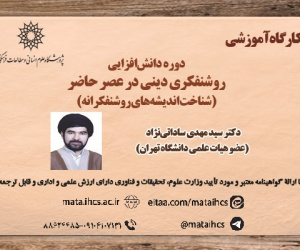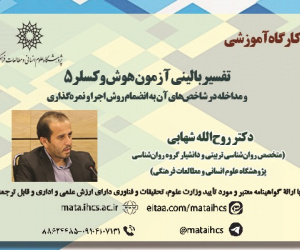حفاظت از حقوق کودک در فضای سایبر از منظر نظام ملل متحد و حقوق ایران (مقاله علمی وزارت علوم)
درجه علمی: نشریه علمی (وزارت علوم)
آرشیو
چکیده
توسعه روزافزون فناوری های ارتباطی و نفوذ آن به لایه های مختلف زندگی بشر، علی رغم ایجاد فرصت ها و تسهیلات فراوان، تهدیداتی را نیز در پی داشته است. آسیب پذیری کودکان در مقایسه با سایر گروه های جامعه، لزوم تدوین سازوکارهای ویژه برای حفاظت از حقوق آنان در فضای سایبر را به مقوله ای اجتناب ناپذیر مبدل می سازد. با دقت نظر در اسناد ملل متحد، این مطلب مستفاد می شود که از یک سو، عمده آنها در زمره اسناد الزام آور محسوب نمی شوند و از سوی دیگر، سازوکارهای حمایتی مندرج در اسناد مزبور از بازدارندگی کافی برخوردار نیست. در سطح داخلی نیز، تلاش نهادهای سیاستگذار اغلب به مصوباتی منجر شده است که به صورت بسیار کلی به موضوع پرداخته و از احصای مصادیق نقض حقوق کودکان در فضای سایبر و ارائه راهکارهای قانونی برای مقابله با آنها خودداری کرده اند. پرسش اصلی پژوهش حاضر آن است که لوازم قانونگذاری مطلوب در این موضوع چیست؟ این مقاله با روشی توصیفی-تحلیلی به این نتیجه نائل می شود که راهکار پیشنهادی برای حل این چالش، ایجاد چارچوب قانونی واحد است که عوامل تهدیدکننده امنیت کودک در فضای سایبر را احصا کرده و راهکارهای مناسب و کارامدی را متناسب با نوع آن آسیب، برای مقابله با آنها پیش بینی کند.Protection of Children's Rights in the Cyberspace from the Perspective of the United Nations System and Iranian Law
The increasing development of communication technologies and their penetration into various layers of human life, despite creating numerous opportunities and conveniences, has also posed threats. The vulnerability of children compared to other groups in society makes the need for special mechanisms to protect their rights in cyberspace an unavoidable issue. A careful examination of United Nations documents indicates that, on one hand, most of them are not considered binding, and on the other hand, the supportive mechanisms outlined in these documents lack sufficient deterrence. At the domestic level, the efforts of policymaking institutions have often resulted in legislation that addresses the issue very generally and has refrained from identifying instances of violations of children's rights in cyberspace and providing legal solutions to counter them. The main question of this research is: what are the necessary conditions for effective legislation on this issue? This article, using a descriptive-analytical method, concludes that the proposed solution to this challenge is the establishment of a unified legal framework that identifies factors threatening children's security in cyberspace and predicts appropriate and effective measures to address them based on the nature of the harm.







